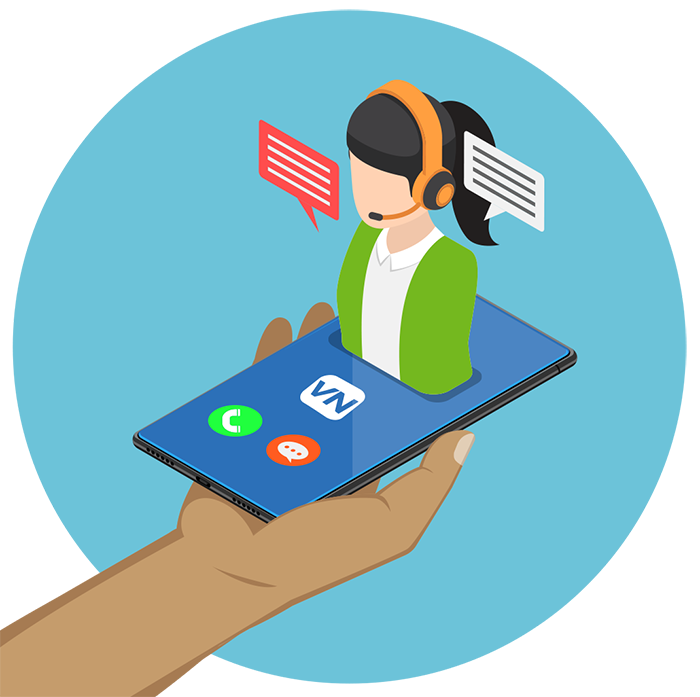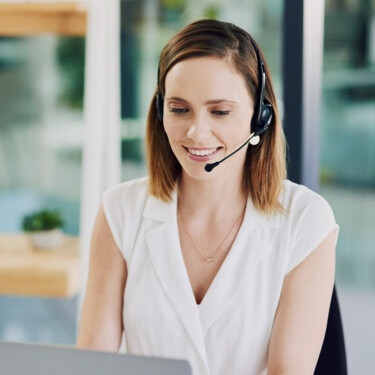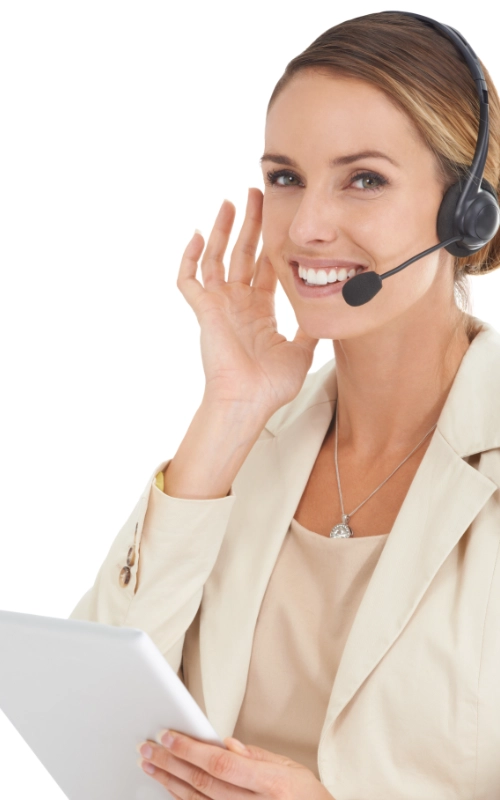All Categories
Featured
Table of Contents
Which Is Best Phone Answering Service - Intelligent Office Company
This gadget and its successors were created by Sava Jacobson, an electrical engineer with a personal consulting organization. While early answering makers used magnetic tape innovation, most contemporary devices utilizes solid state memory storage; some gadgets use a mix of both, with a solid-state circuit for the outgoing message and a cassette for the incoming messages.
"toll saving" below) (business call answering service). This works if the owner is evaluating calls and does not wish to talk with all callers. In any case after going, the calling celebration needs to be informed about the call having actually been responded to (for the most part this begins the charging), either by some remark of the operator, or by some greeting message of the TAD, or resolved to non-human callers (e.
This holds specifically for the TADs with digitally kept greeting messages or for earlier machines (prior to the increase of microcassettes) with a special limitless loop tape, separate from a 2nd cassette, devoted to recording. There have been answer-only devices with no recording capabilities, where the welcoming message had to inform callers of a state of existing unattainability, or e (reception services).
What Is The Best Concierge Service To Buy

about availability hours. In taping Littles the greeting normally contains an invitation to leave a message "after the beep". A voice mail that uses a microcassette to tape messages On a dual-cassette answerphone, there is an outgoing cassette, which after the specified number of rings plays a pre-recorded message to the caller.

Single-cassette answering machines include the outbound message at the beginning of the tape and inbound messages on the staying space. They initially play the statement, then fast-forward to the next offered area for recording, then tape the caller's message. If there are many previous messages, fast-forwarding through them can trigger a substantial delay.
This beep is often described in the welcoming message, requesting that the caller leave a message "after the beep". Littles with digital storage for the tape-recorded messages do disappoint this hold-up, obviously. A TAD might offer a remote control facility, where the answerphone owner can sound the home number and, by going into a code on the remote telephone's keypad, can listen to recorded messages, or delete them, even when away from house.
What Is The Best What Is The Difference Between An Answering Service And ... Out

Consequently the device increases the number of rings after which it answers the call (usually by 2, leading to 4 rings), if no unread messages are presently stored, however answers after the set variety of rings (generally 2) if there are unread messages. This permits the owner to learn whether there are messages waiting; if there are none, the owner can hang up the phone on the, e.
Some makers also allow themselves to be remotely activated, if they have actually been changed off, by calling and letting the phone ring a particular a great deal of times (normally 10-15). Some service companies abandon calls already after a smaller number of rings, making remote activation impossible. In the early days of TADs an unique transmitter for DTMF tones (dual-tone multi-frequency signalling) was regionally required for remote control, since the formerly employed pulse dialling is not apt to communicate appropriate signalling along an active connection, and the dual-tone multi-frequency signalling was carried out step-by-step.
Any incoming call is not identifiable with regard to these residential or commercial properties in advance of going "off hook" by the terminal devices. So after going off hook the calls should be switched to proper gadgets and just the voice-type is immediately accessible to a human, however perhaps, nevertheless should be routed to a LITTLE BIT (e.
What Is The Best Phone Call Answering Service
What if I told you that you do not need to really choose up your device when answering a consumer call? Somebody else will. So practical, best? Addressing telephone call doesn't need somebody to be on the other end of the line. Effective automated phone systems can do the technique simply as efficiently as a live representative and in some cases even much better.
An automatic answering service or interactive voice reaction system is a phone system that communicates with callers without a live individual on the line - phone answering service. When business utilize this technology, clients can get the response to a concern about your business merely by utilizing interactions established on a pre-programmed call circulation.
Although live operators upgrade the client service experience, lots of calls do not require human interaction. A simple recorded message or guidelines on how a customer can retrieve a piece of details usually fixes a caller's immediate need - virtual telephone answering. Automated answering services are a basic and efficient way to direct incoming calls to the best person.
What Is The Best What Is An Answering Service And Why Use One? Service In My Area?
Notification that when you call a business, either for assistance or item query, the first thing you will hear is a pre-recorded voice welcoming and a series of choices like press 1 for customer service, press 2 for inquiries, and so on. The pre-recorded alternatives branch out to other choices depending on the customer's selection.
The phone tree system assists direct callers to the right individual or department utilizing the keypad on a cellphone. In some circumstances, callers can use their voices. It deserves keeping in mind that auto-attendant choices aren't limited to the ten numbers on a phone's keypad. As soon as the caller has picked their first option, you can create a multi-level auto-attendant that utilizes sub-menus to direct the caller to the right sort of support.
The caller does not have to communicate with an individual if the auto-attendant phone system can handle their issue. The automated service can path callers to a worker if they reach a "dead end" and require help from a live agent. It is expensive to employ an operator or executive assistant.
Which Brand Of Telephone Answering Service For Smes - Myco Works Is The Best?
Automated answering services, on the other hand, are considerably more economical and provide considerable cost savings at an average of $200-$420/month. Even if you do not have actually committed personnel to deal with call routing and management, an automated answering service enhances efficiency by allowing your group to concentrate on their strengths so they can more effectively invest their time on the phone.
A sales lead routed to customer care is a lost shot. If a customer who has product questions reaches the wrong department or receives incomplete answers from well-meaning staff members who are less trained to handle a specific kind of concern, it can be a cause of aggravation and discontentment. An automated answering system can minimize the number of misrouted calls, consequently helping your staff members make better use of their phone time while releasing up time in their calendar for other jobs.
With Automated Answering Systems, you can develop a personalized experience for both your personnel and your callers. Make a recording of your primary welcoming, and simply update it regularly to show what is going on in your company. You can create as lots of departments or menu alternatives as you desire.
Latest Posts
Budget-Friendly Virtual Assistant Phone Answering Near Me – Toowong
Effective Virtual Receptionist Near Me (Belconnen)
Comprehensive Live Phone Answering Near Me – Australia 4225